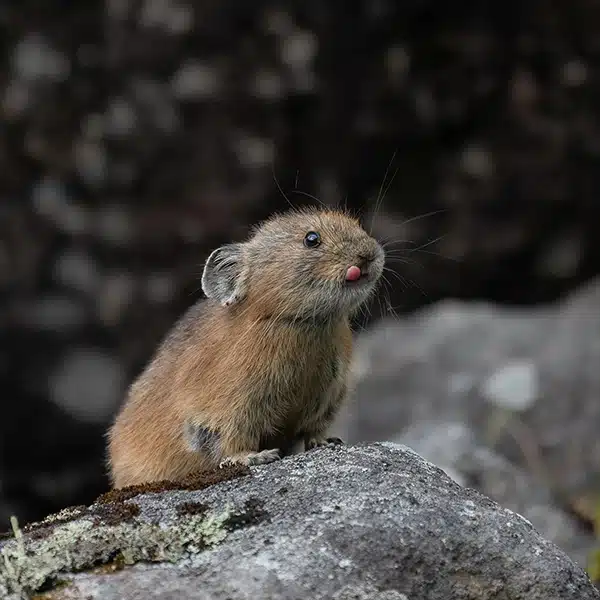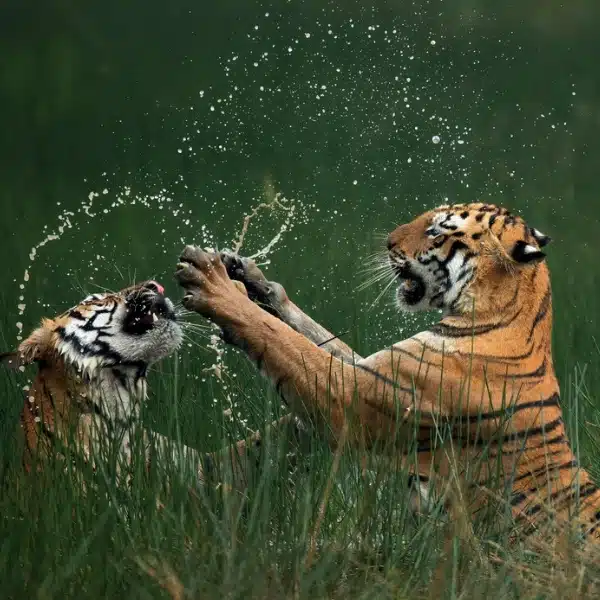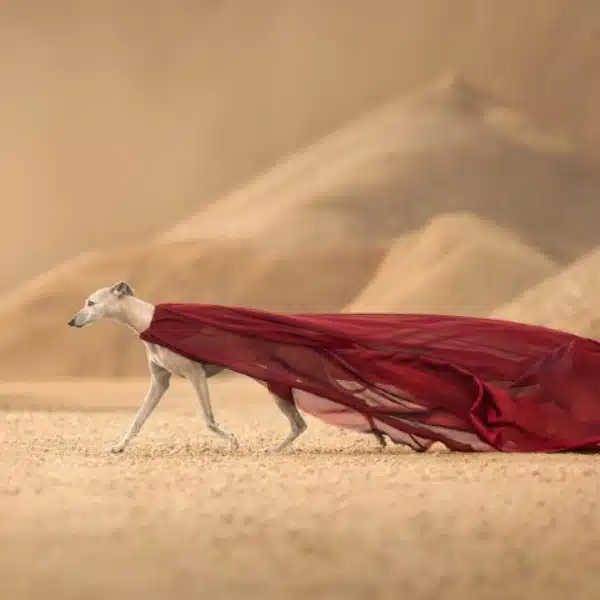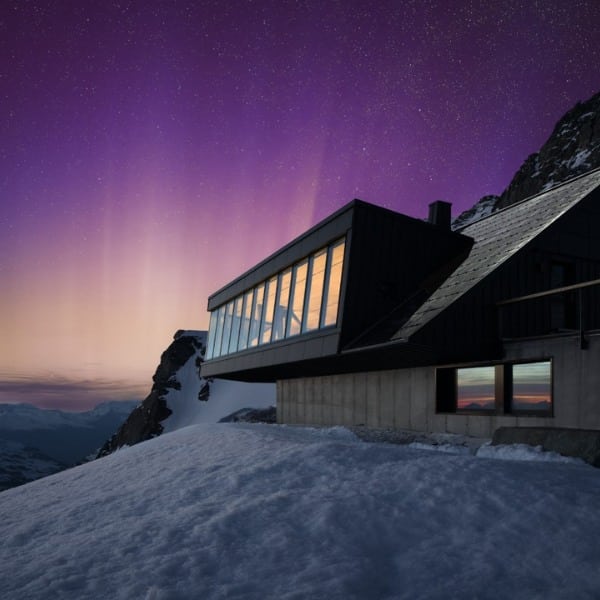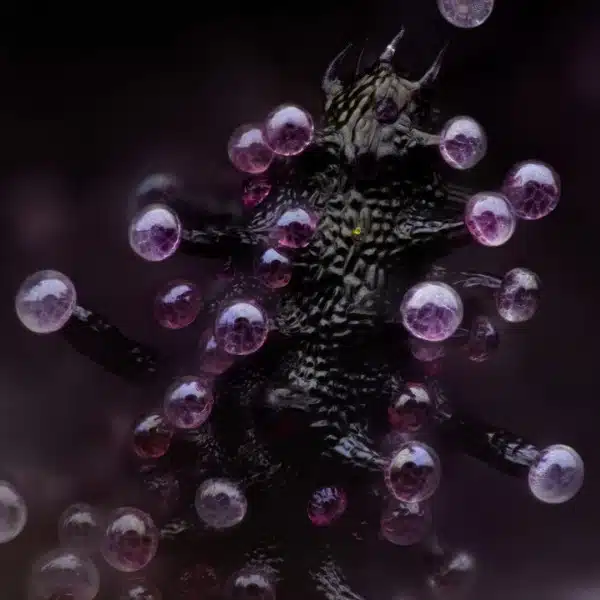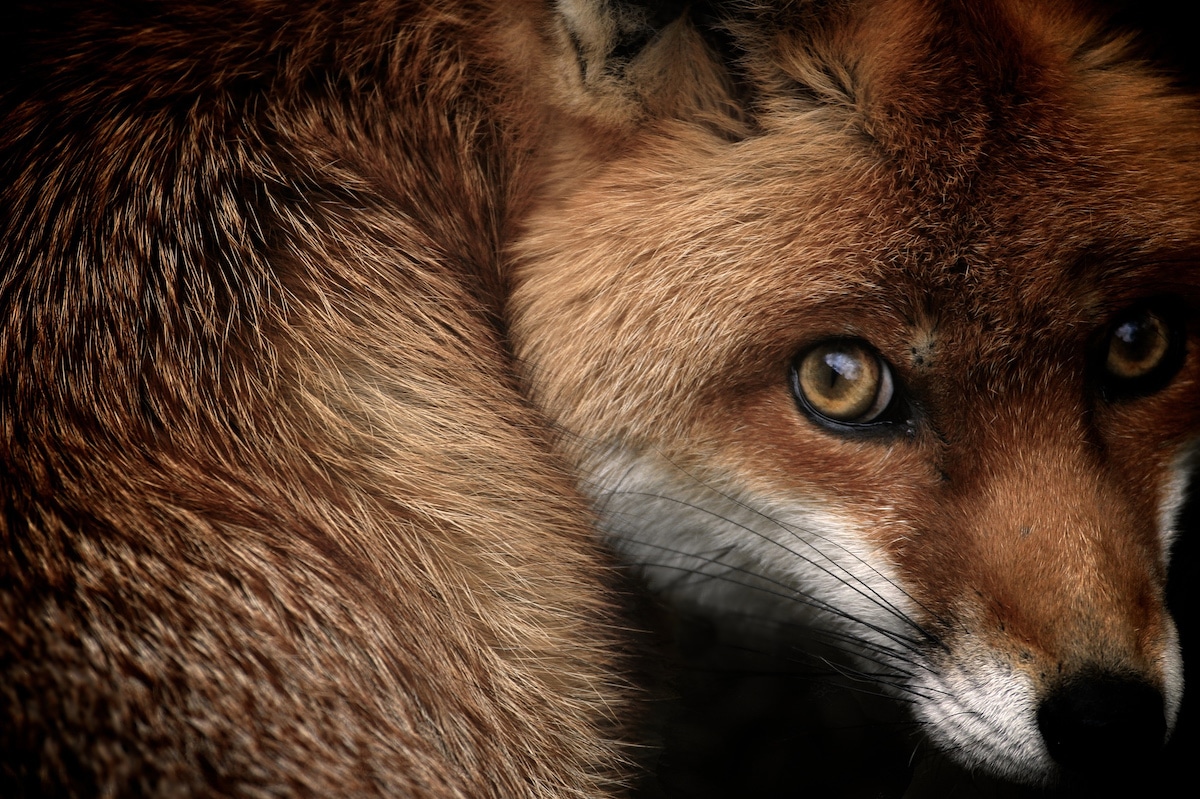
“Fox Glance (Red Fox, Vulpes vulpes)” by Samuel Morries. Animal Portraits Highly Commended (2013).
“Thetford Forest. I was lucky enough to spot a fox by chance while out getting landscape shots of the surrounding forest. Then, an opportunity arose to get an intimate photograph. This moment came as the sunlight broke through the trees; he turned with a glance of curiosity that gave me the unusual composition I was looking for. I think the image conveys the hidden beauty of our wilderness.”
For the past 10 years, the British Wildlife Photography Awards has been a showcase for talented photographers across the UK. To celebrate this anniversary, the competition has put together a spectacular traveling retrospective exhibition to highlight the best wildlife photography in the country.
The show will be the first time that all the overall winners along with a selection of images, including category winners and highly commended images, will be shown together. It's a beautiful way to celebrate, particularly during a difficult year when the competition was forced to be canceled. And while it's a shame not to see new work in 2020, the quality of the winning wildlife photography over the past 10 years more than makes up for it.
“These images open our eyes to the wonders of our own biodiversity, not just the well-loved wildlife in our prime and protected natures reserves, but the common species that share our own immediate patch, perched in our gardens, sliming over our doorsteps or eating our petunias,” says naturalist and TV presenter Nick Baker. “All have their beauty, their form, and their function.”
Currently running until March 2021, the show takes place in the beautiful garden and park of Astley Hall in Lancashire. The innovative installation sees the photographs displayed in nature. In fact, the British Wildlife Photography Awards hopes that visitors will “enjoy the unique perspective of finding an underwater world in the woods, get up close and personal with all creatures great and small within the walled garden, and be on the lookout for more than a few characters amongst the flowers.”
To add to the excitement, an indoor exhibit of the work will begin on November 10, 2020 at Nature in Art near Gloucester. Other venues for the indoor exhibition will be announced as they are confirmed.
To celebrate 10 years highlighting the UK's wildlife, the British Wildlife Photography Awards has put together a beautiful retrospective.
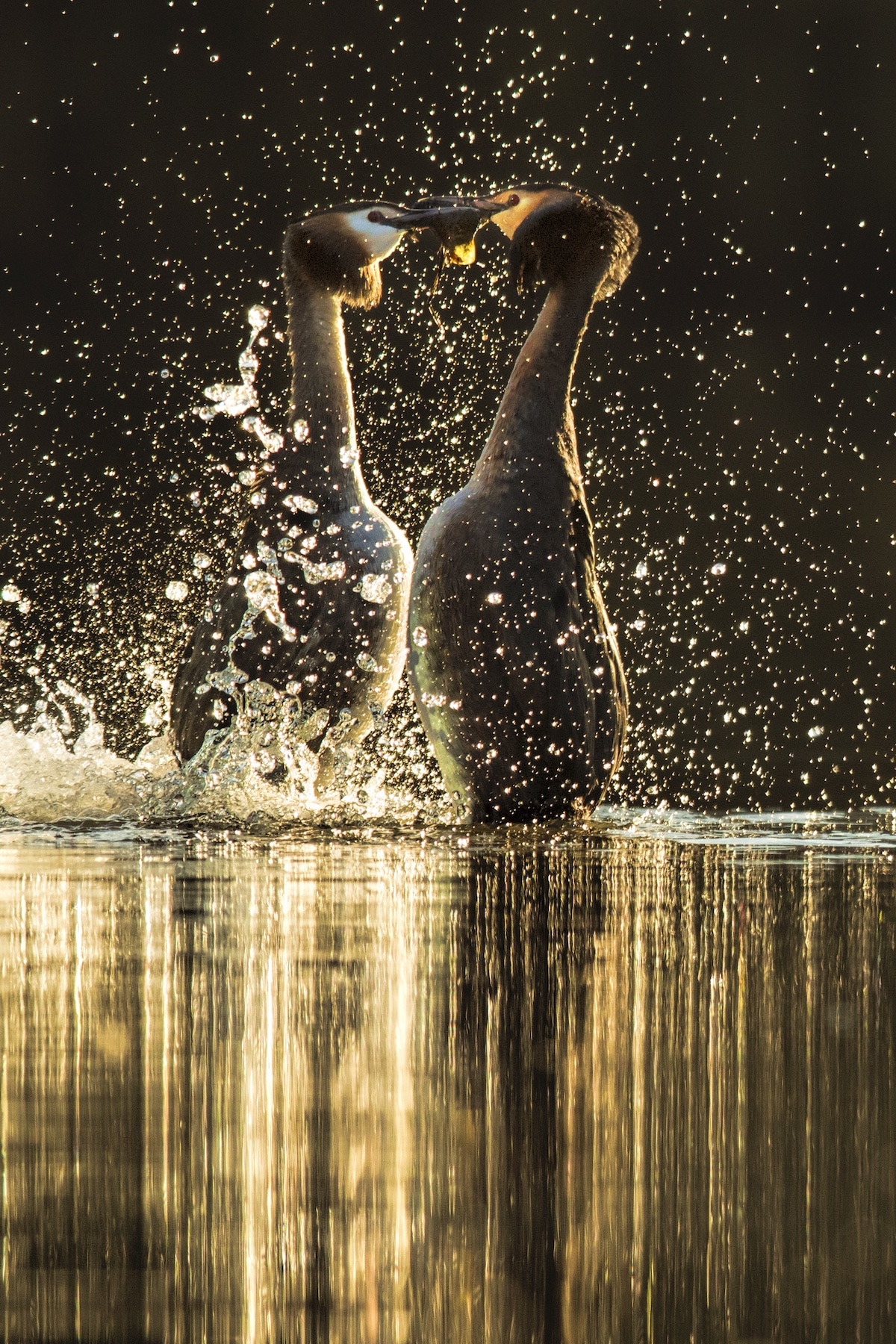
“Great Crested Grebe Courtship (Podiceps cristatus)” by Andy Rouse. Animal Behaviour Highly Commended.
“Two great crested grebes crash together during their weed dance, as part of their courtship.”
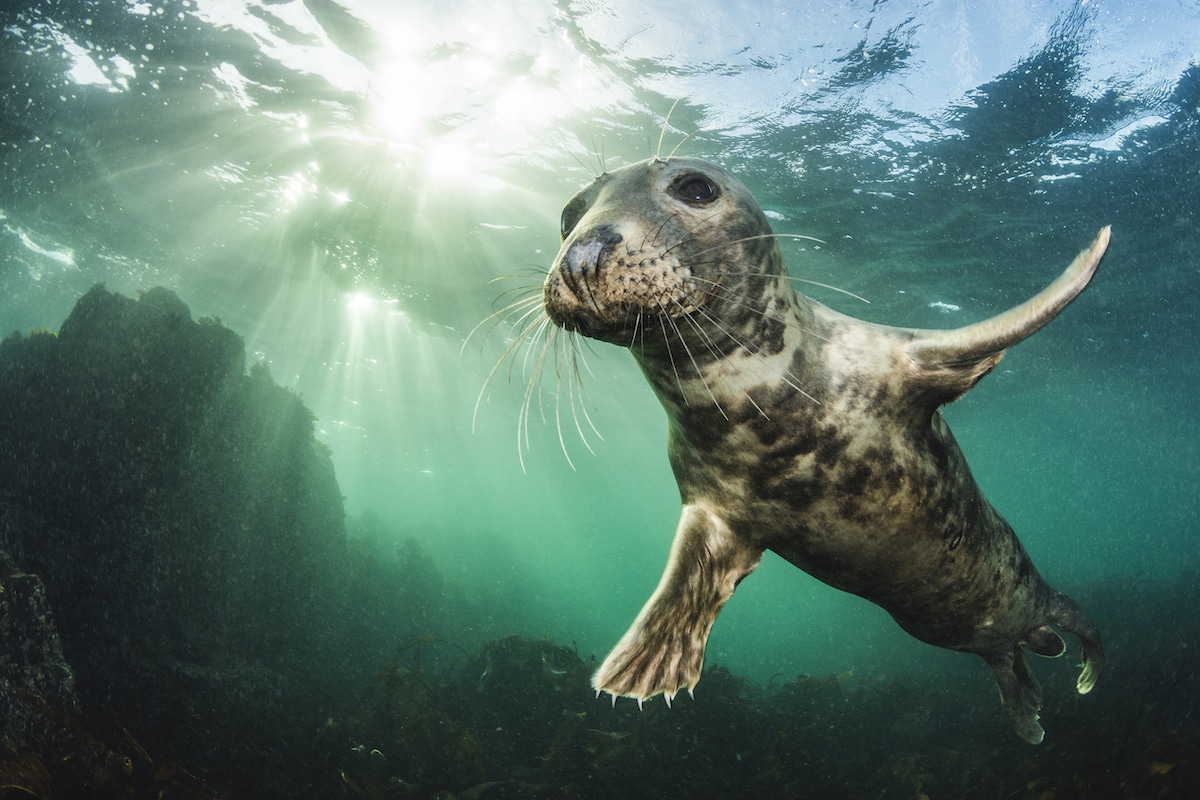
“Ta Da! (Grey seal, Halichoerus grypus)” by Kirsty Andrews. Coast and Marine Highly Commended (2018).
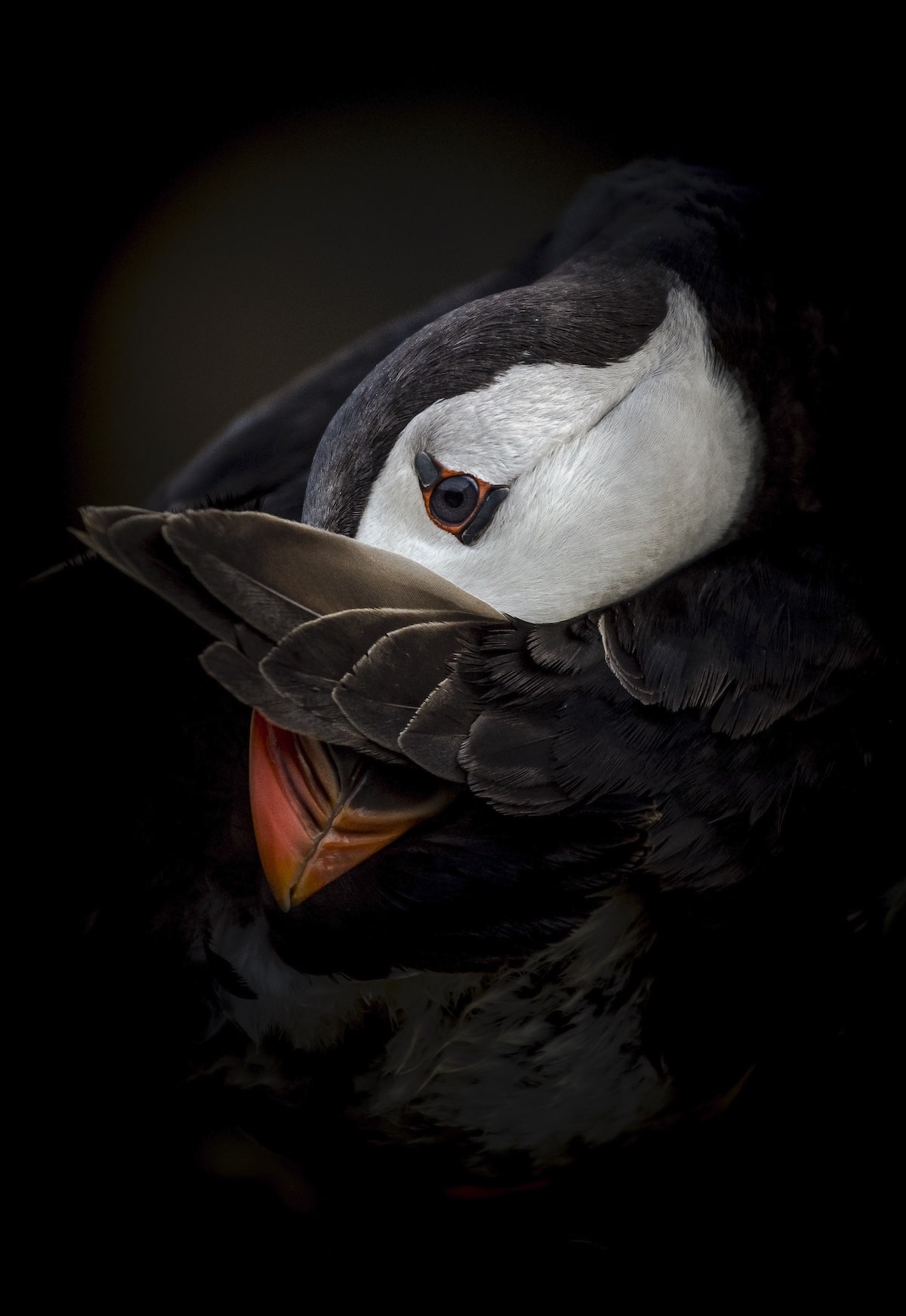
“Shy Puffin (Fratercula arctica)” by Csaba Tokolyi. Animal Portraits Highly Commended (2018).
“Skomer island. Preening is a very important activity for puffins, second only to feeding. During this process, the bird removes dirt, dust, and parasites from its feathers; well maintained, they stay waterproof and provide perfect insulation. As the puffin is a seabird that nests underground, there are a lot of things to do to keep the plumage in top shape.”
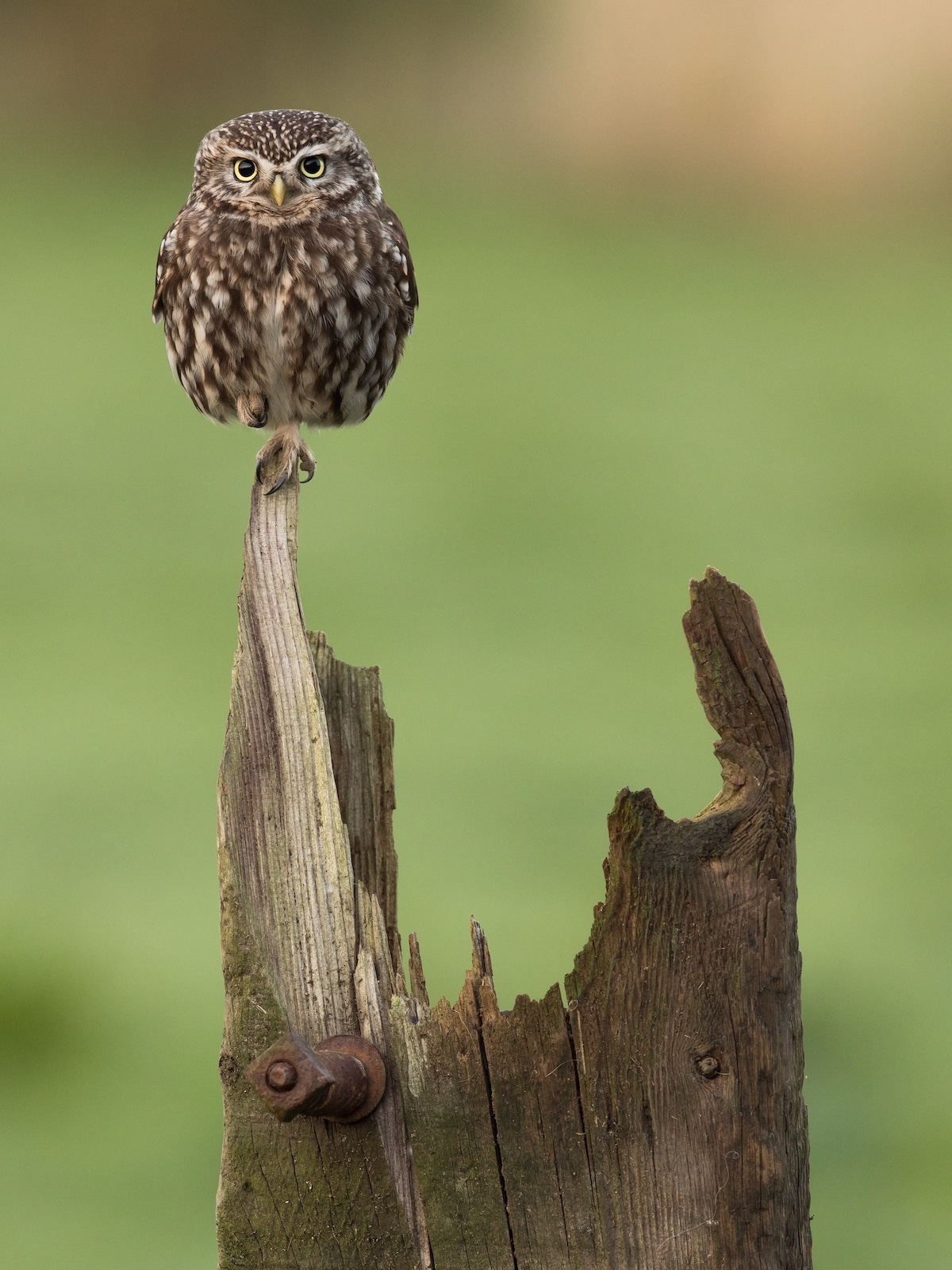
“Balancing Act (Little owl, Athene noctua)” by Ian Watson. Animal Portraits Highly Commended (2017).
“Kirkbride. This little owl was photographed early in the morning, in poor light, from an old outbuilding I use as a hide. Having regularly watched the bird, I had seen it land on this perch many times before where it would sit motionless for minutes at a time.”
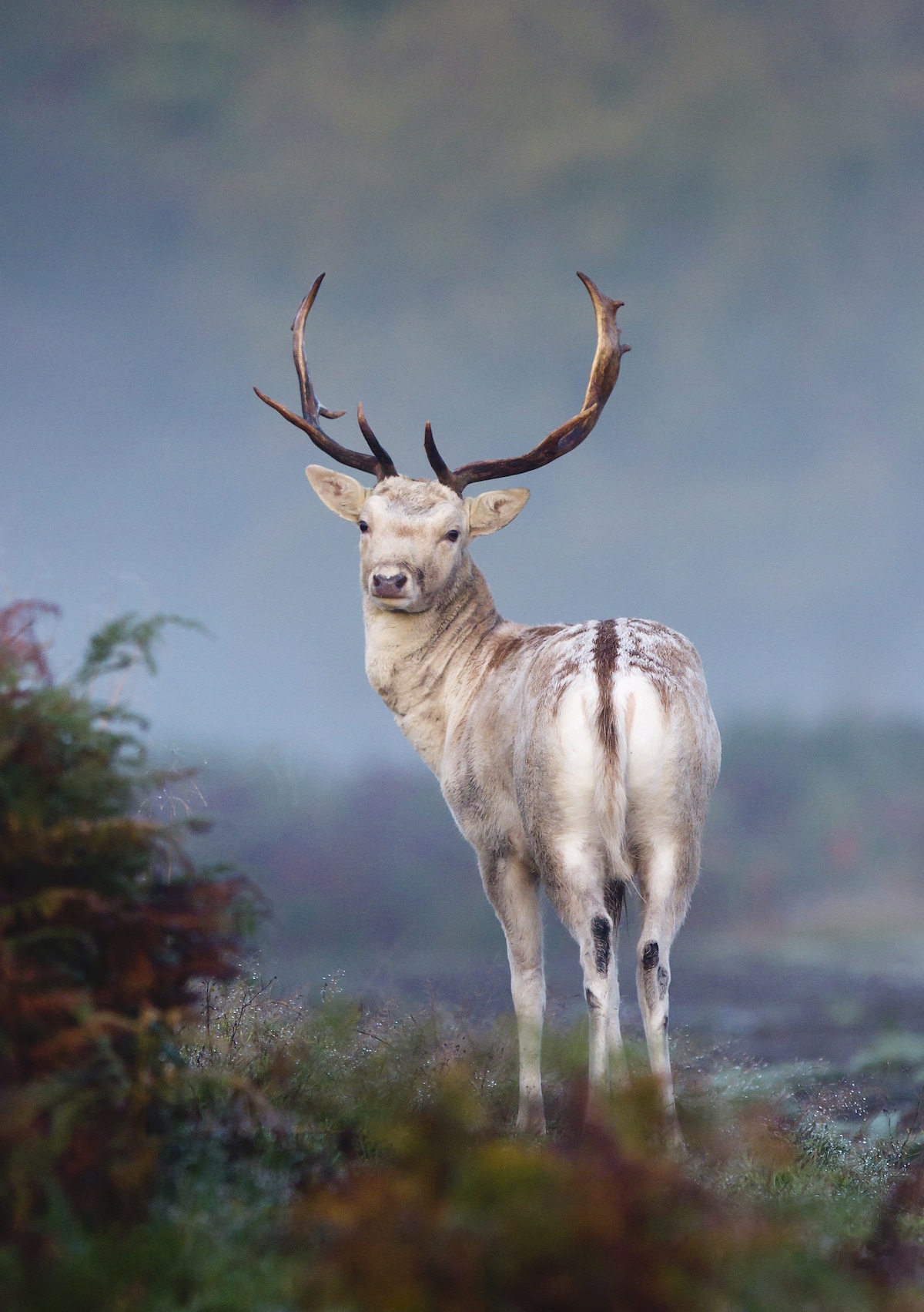
“Mystical Mist (Fallow Deer, Dama dama)” by Mark Smith. Animal Portraits Winner (2011).
“I love photographing deer in the autumn and a forecast of mist just makes me even more eager to get out photographing them. I heard this deer before I saw it and using the mist and wind direction as cover I managed to get in place with a tripod set up before he knew I was there. I was able to get a few shots before he slowly ambled off into the mist in the background.”
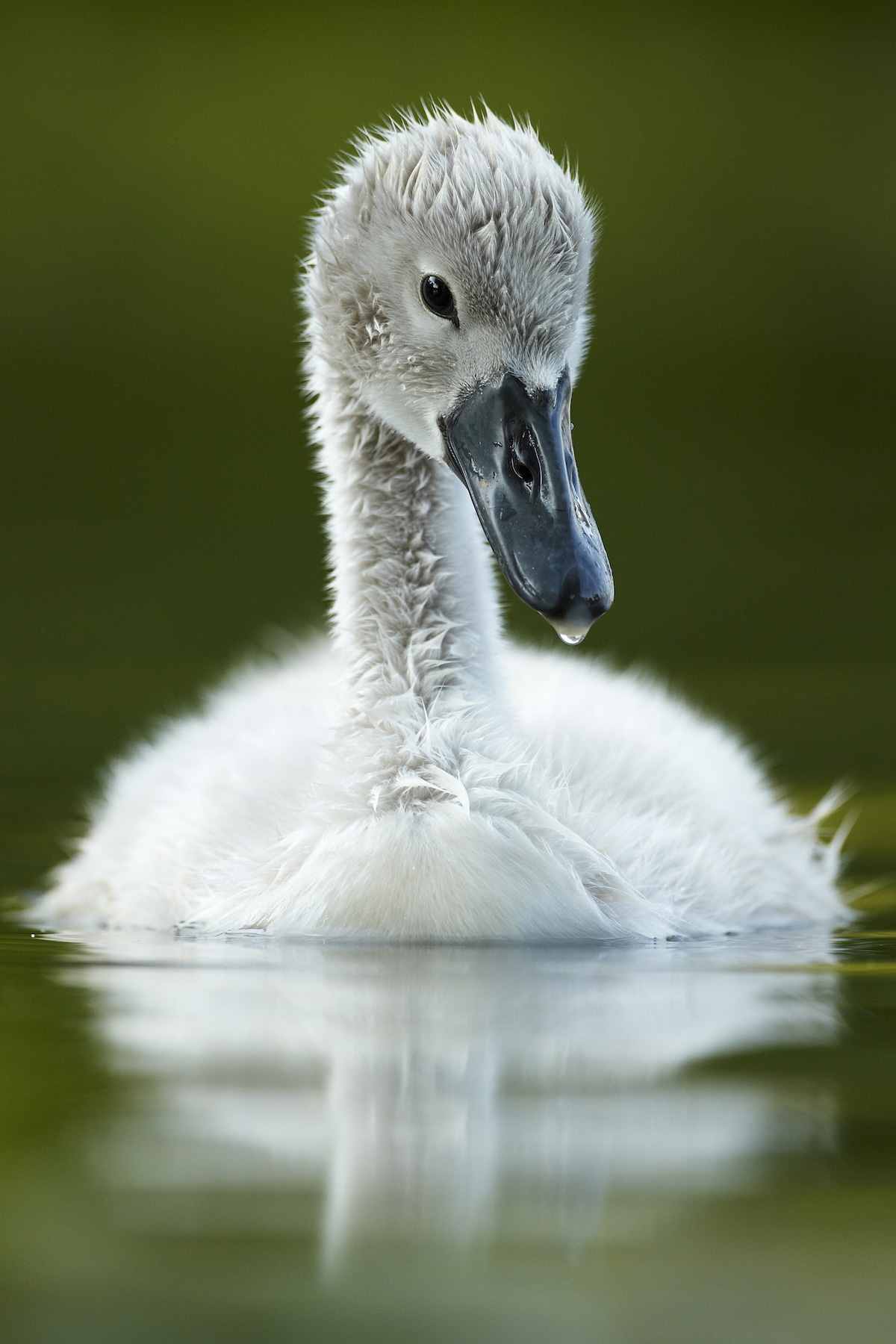
“Mute Swan Cygnet in Canal (Cygnus olor)” by Mark Sisson. Animal Portraits (2011).
“The family of Mute Swans who nest on the canal in my home town are in many ways local celebrities, so last summer I spent several evenings sitting in the canal to habituate them to my presence there alongside the usual fishermen and gain their trust. The young cygnets were increasingly nosey, swimming up to me to stare down my water-level lens.”
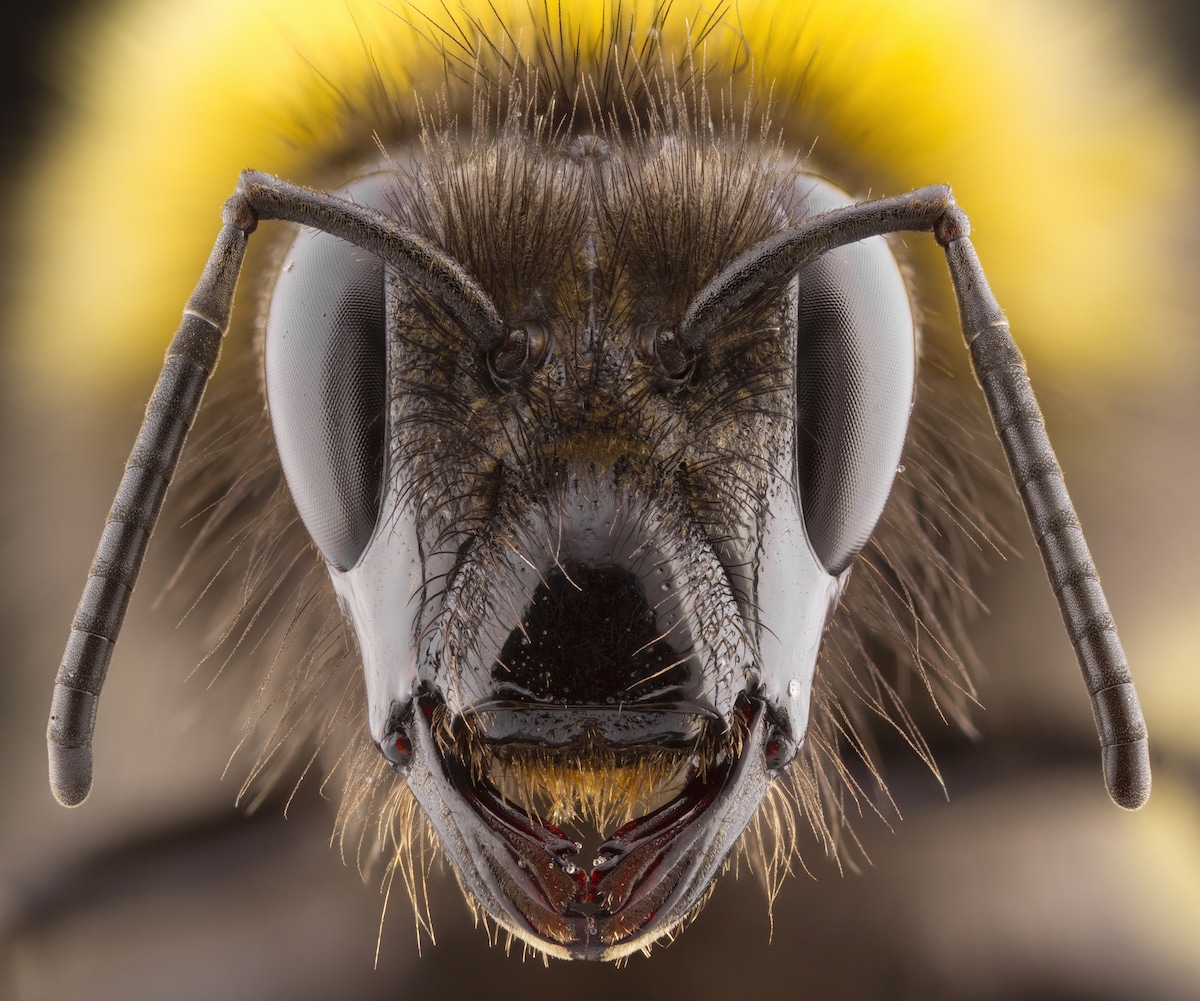
“Humble Bumble (Garden Bumblebee, Bombus hortorum)” by Keith Trueman. Hidden Britain Highly Commended (2017).
“Braunton. This photograph was taken in my back garden on a very warm day. The bee stayed motionless for several minutes, allowing me to shoot multiple images to focus stack together.”
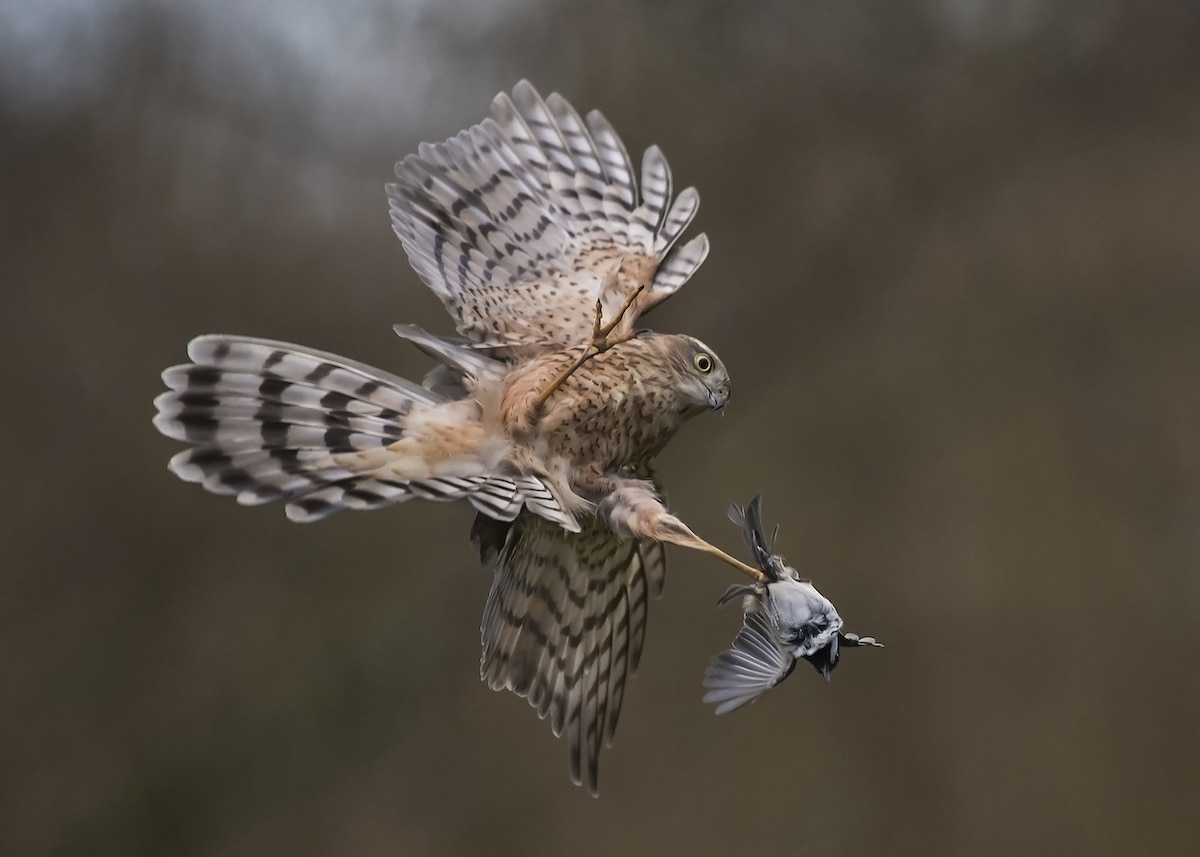
“Predator and Prey (Sparrowhawk Accipiter nisus, Coal tit Parus ater)” by Michael Durham. Animal Behaviour Highly Commended (2016). “New Abbey. This was part of a long-term project working with the sparrowhawks that visited my garden. I spent many hours trying to photograph a sparrowhawk catching a bird as it dive-bombed the bird-feeding station. After many failures, this was what I managed to capture.”
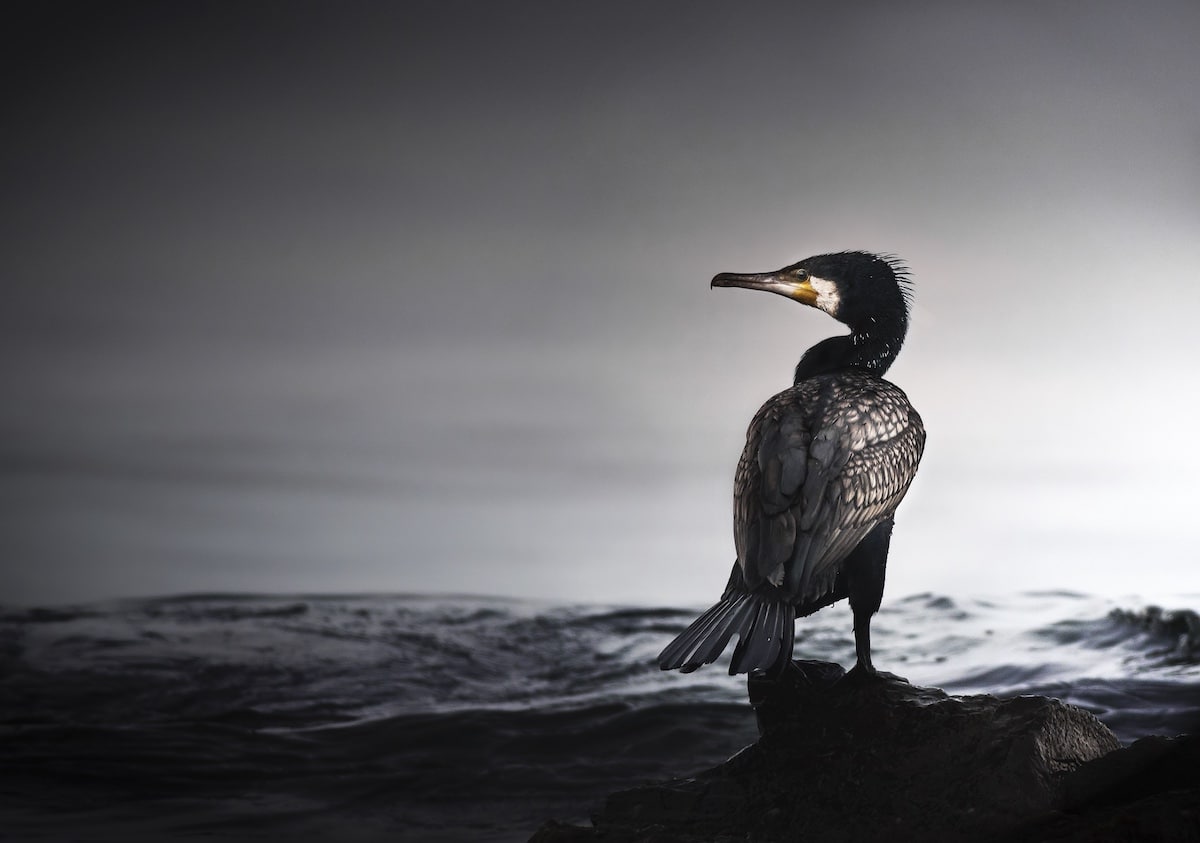
“Waiting for the Next Meal (Cormorant, Phalacrocorax carbo)” by Max More. Animal Portraits Highly Commended (2015).
“Gower. While walking the coastal path eastwards from Rhossili I spotted this solitary cormorant sitting on a rock, but even with a 600mm lens it was initially beyond usable reach. The challenge was to close in on the subject without scaring it off. To do this I moved very slowly, taking photographs at regular points. When I was as close as I could get, it was then a matter of waiting for a flattering profile to present itself.”
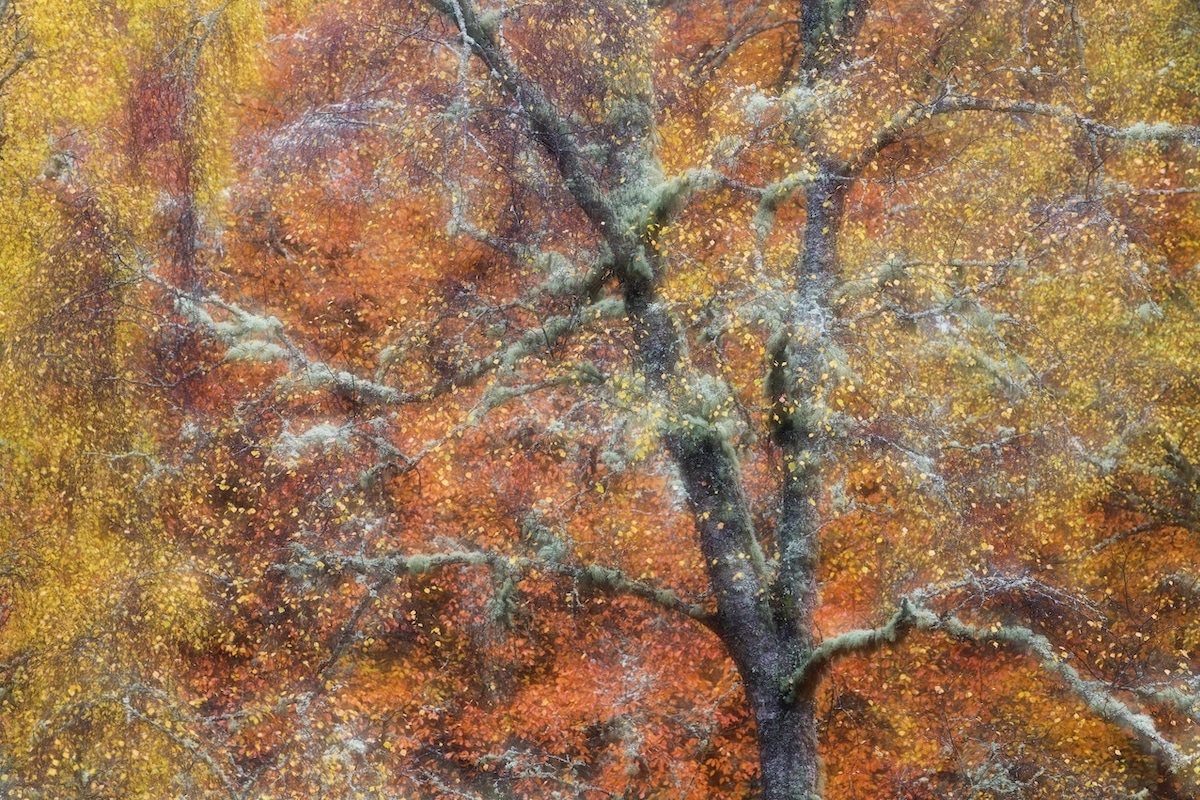
“Autumn Jewels (Mixed Woodland)” by Peter Cairns. Wild Woods Winner (2014).
“Cairngorms National Park. In wet weather, I love exploring the shapes, colors, and textures of local native woodland. Here on the shores of Loch Insh, this lichen-encrusted birch stands against a backdrop of rich autumnal color. A slightly impressionistic effect is created by an in-camera multi-exposure.”
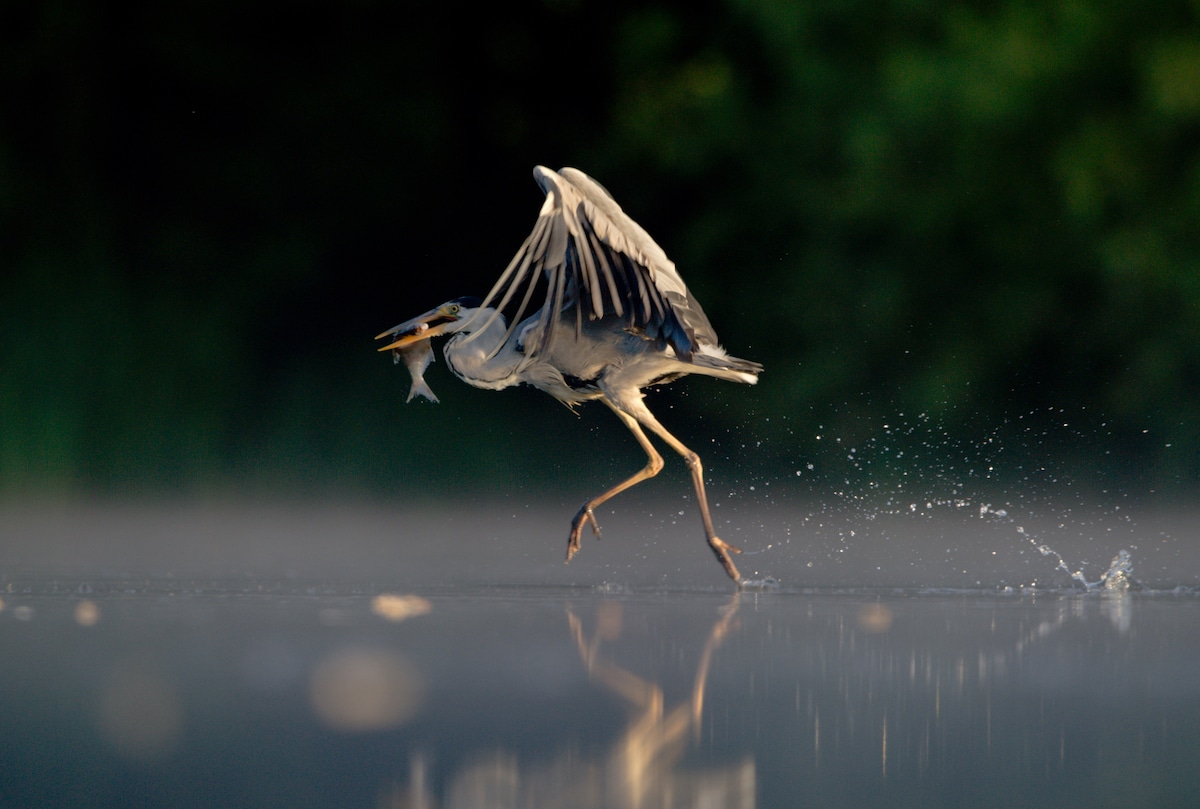
“Grey Heron Walking on Water (Ardea cinerea)” by Andrew Parkinson. Animal Behaviour Winner (2011).
“It was dawn at a secluded fishing lake when this heron suddenly plunged, osprey-like into the middle of the lake, emerging moments later with a fish. This image captures the moment that it powered out of the water and took flight.”
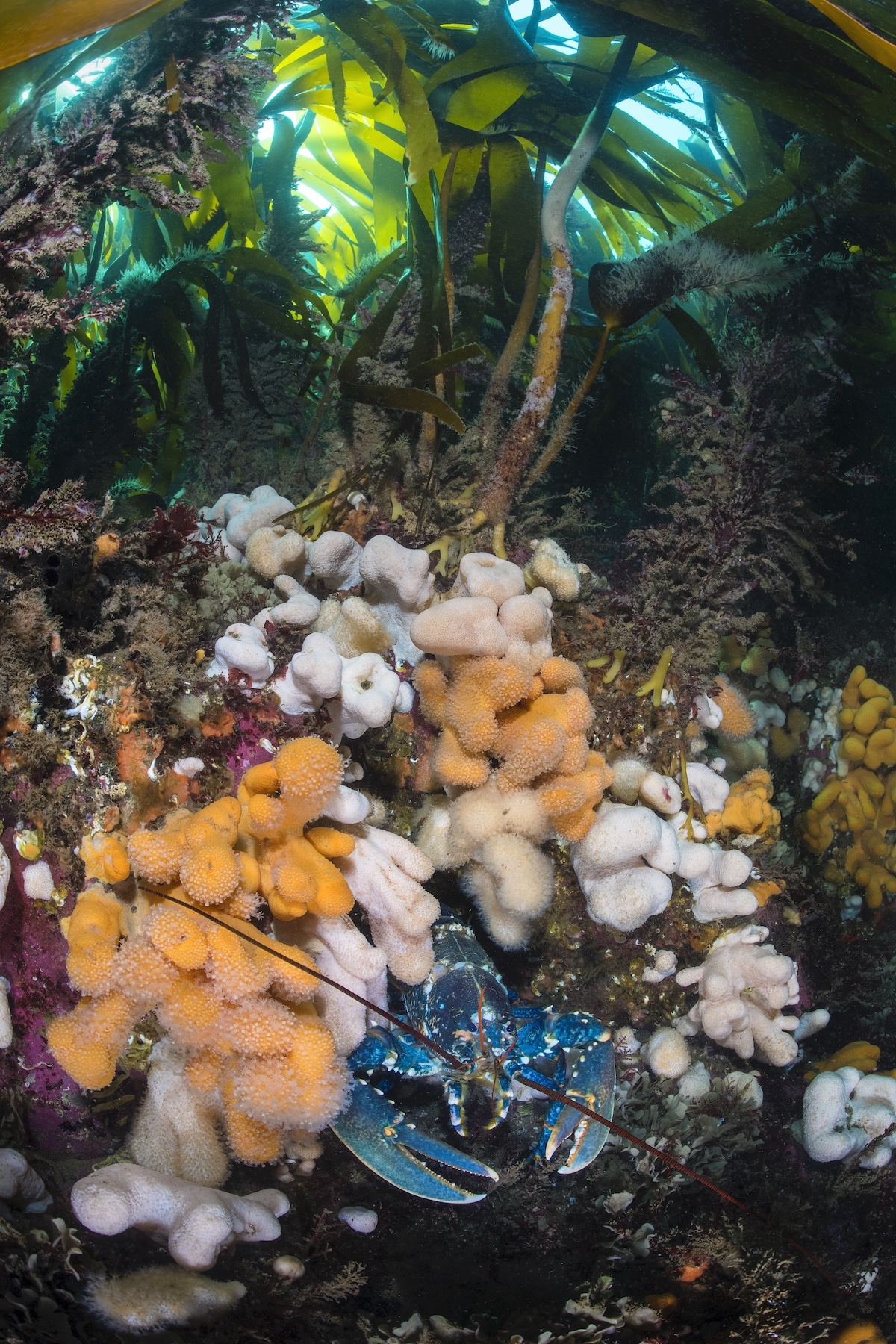
“Beneath the Kelp Forest (European lobster, Homarus gammarus)” by Alex Mustard. Coast and Marine Highly Commended (2017). “Unusually, the chilly waters of the North Sea were clear and the sun was shining when I took this shot. I was in the Farne Islands to photograph seals, but couldn’t keep my eyes and my camera away from the scenery. I was excited when I spotted this brilliant blue lobster emerging from its den amongst colorful soft corals, with backlit kelp reaching upwards overhead.”

“Cuttlefish Eye (European common cuttlefish, Sepia officinalis)” by Michael Gallagher. Close to Nature Winner (2013).
“I was scuba diving under Swanage Pier last summer when I encountered this European Common Cuttlefish, which seemed intrigued by the camera-wielding, bubble-blowing intruder that had invaded its territory. With a courage and boldness that surprised me, the cuttlefish directly approached the front of my underwater camera, allowing me to capture this close-up detail of its inquisitive eye and intricately patterned skin with the macro lens.”
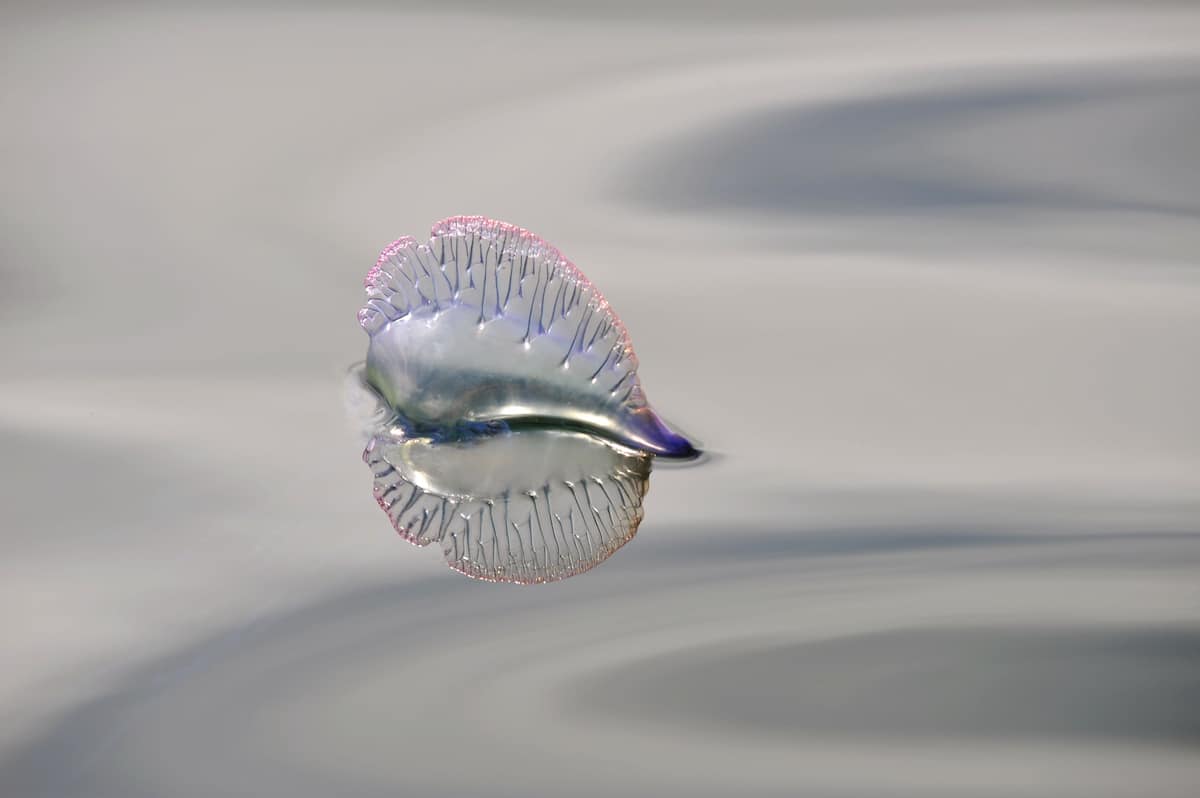
“Portuguese Man o’ War (Physalia physalis)” by Charles Hood. Coast and Marine Highly Commended (2010).
“Penberth Cove. On a very still, calm day this rare visitor to the English coast was spotted from a boat while looking for basking sharks. Sailing into the wind I approached it in a small boat, positioning the sun behind me to get the maximum reflection.”













































































